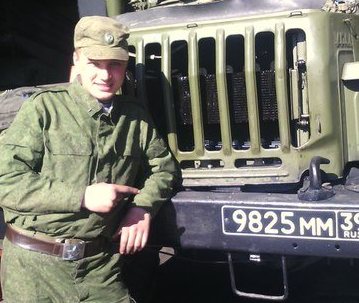Editor's NoteThe so-called "historic memory laws" Ukraine passed in 2015 and Poland in 2017 keep generating international scandals. Both concern the complex period of WWII. Both concern Ukrainian nationalists. And there is very little information about what they do and what they don't do in Western media. James Oliver continues his illumiating excursions into the little-known history of Eastern Europe, which continues to shape the histories of modern-day Ukraine and Poland.
"shot the next evening by Ukrainian militia, to save the feelings of the Sonderkommando."In the Russian translation, the same sentence is rendered as
"На следующий день детей расстреляли украинские националисты, чтобы «поберечь чувства» солдат зондеркоманды."националисты here reads as "nationalists", not "militia." This difference may seem subtle at first until you realise that the term "nationalists" has a much wider encompassing term. With regards to the citation issue, the commission's head Serhiy Oliyinyk accused Beevor of using reports from the "People's Commissariat for Internal Affairs" - a Soviet body. In the English original, you can clearly see that Beevor cites a report by Helmuth Groscurth which no Soviet intelligence agency would have had knowledge of at the time. Even though it is possible to report the discrepancies between the English original and Russian translation of Beevor's work, as Stephen Komarnyckyj has done, and argue that even with these discrepancies in mind the reasons given for its banning are unjustified, it is nonetheless clear that the somewhat sensationalist way this story has been reported in the West has nonetheless damaged Ukraine's popular image at a time when it needs to counter the Kremlin's active propaganda campaign which seeks to slander Ukraine as overly-nationalist state. You might remember that in 2015 one region in Russia banned Beevor's same work for allegedly promoting "Nazi myths" about the conduct of Red Army Troops in terms of how Beevor described their raping and pillaging. Using law to decide what is true and what is not about your own country's past can have a direct knock-on effect in influencing diplomatic relations, especially when said law starts to receive the attention of outside sensationalist media outlets.
Poland's memory laws
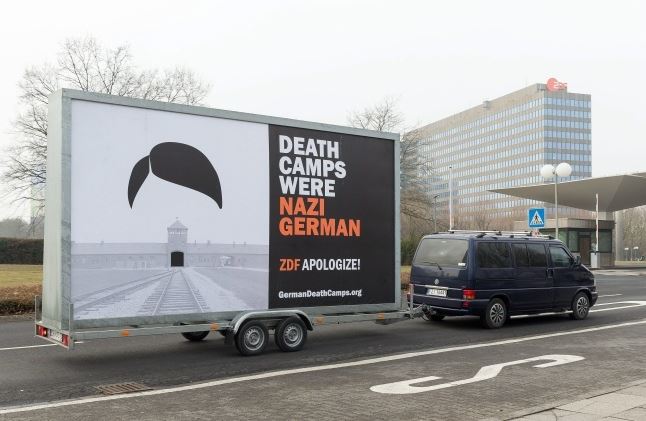
Against "Polish Death Camps"
The first part is simple enough: it proposes 3-year jail terms for those who attribute the crimes of Hitler's Germany onto the "Polish Nation" which is why the nefariously misleading phrase "Polish Death Camp" is banned, and rightly so."Israel's concern," according to one article in the Jerusalem Post, "is less about the phrase 'Polish death camp,' and more a concern the law would have a chilling effect on academic research into Poland’s role in the Holocaust, and that it is historically inaccurate to say that the 'Polish nation' had no involvement."If only this was the main concern, although the headline from that very article, tweets from certain politicians and statements from the education minister of Israel no less seem to imply otherwise. The phrase "Polish nation" here is an interesting one. The way it has been used in tabloid media in the West seems to imply that during the period of German occupation there was a Petain/Quisling style government with a nominal sovereignty over the Polish people and which coordinated with the Germans. The reality is, as anyone versed in history should be aware, is that there was no such "Polish Quisling" - the Germans never attempted to recruit one. The legitimate Polish government representing the "Polish Nation" was in exile and closely coordinated with the "Home Army." What the law does not do is prohibit discussion of what unrepresentative individuals may or may not have done, so the accusation that these laws would have a chilling effect on debating the negative sides to Polish history to the extent that has been reported is unfounded. This was actually made clear in the response the Polish Prime minister, Mateusz Morawiecki, made when he answered a question by an Israeli Journalist on whether or not it would be illegal to discuss his mother who saved herself and most of her family during the Holocaust after she had overheard her Polish neighbours discussing plans to reveal their location to the Nazis. This was his reply:
"Of course it would not be punishable or criminal if you say there were Polish perpetrators, just like there were Jewish perpetrators, like there were Russian perpetrators, like there were Ukrainians, not just German perpetrators."I should remind you that this debate is very much alive and well in Poland. Literature about Polish collaboration with the German occupiers, such as that by Jan Gross or Jan Grabowski can be easily purchased within Poland, and Polish scholars have long debated the pros and cons of said works. It is not illegal to share this excerpt of an account of a massacre in Dzialoszyce that occurred on 2 September 1942, as recorded by Martin Rosenblum who witnessed the event and retold in Sir Martin Gilbert's account of the Holocaust: This account concerns an entity known colloquially as the "Blue Police" - pre-war Polish policemen who were incorporated into the German occupational structure and who were used by the German occupiers in order to save their own manpower and to keep order in Occupied Poland. The Germans routinely used them to assist in their own killings without usually giving the policemen much choice in the matter. Chaim Kaplan's diary of his experiences in Warsaw noted this, for example: With regards to an execution of 8 Jews on 17 November 1941, the execution squad "was composed of Polish policemen. After carrying out their orders, they wept bitterly." [2] With regards to an execution of 15 Jews on 15 December 1941. And Gibert recounts another instance where But to depict the Blue Police in only the above light is, as any Polish historian might tell you, rather simplistic. Many Blue Policemen also worked a double-life as intelligence agents for the Polish underground whom took no qualms in executing actual collaborators regardless of how much relish or otherwise said collaborators might have had helping the Germans. It's also worth noting that disobeying orders (which many are known to have done) carried with it the penalty of a death sentence. Although there is ultimately no excuse for those who participated in the German killings (remember that "I was only following orders" was the classic “Nuremberg defense” of convicted German war-criminals), debate still persists as to the nature of individuals who were a part of the Blue Police. What you need to know is that this debate will not be shut down by any piece of recent legislation.
Outlawing the ideology of Stepan Bandera
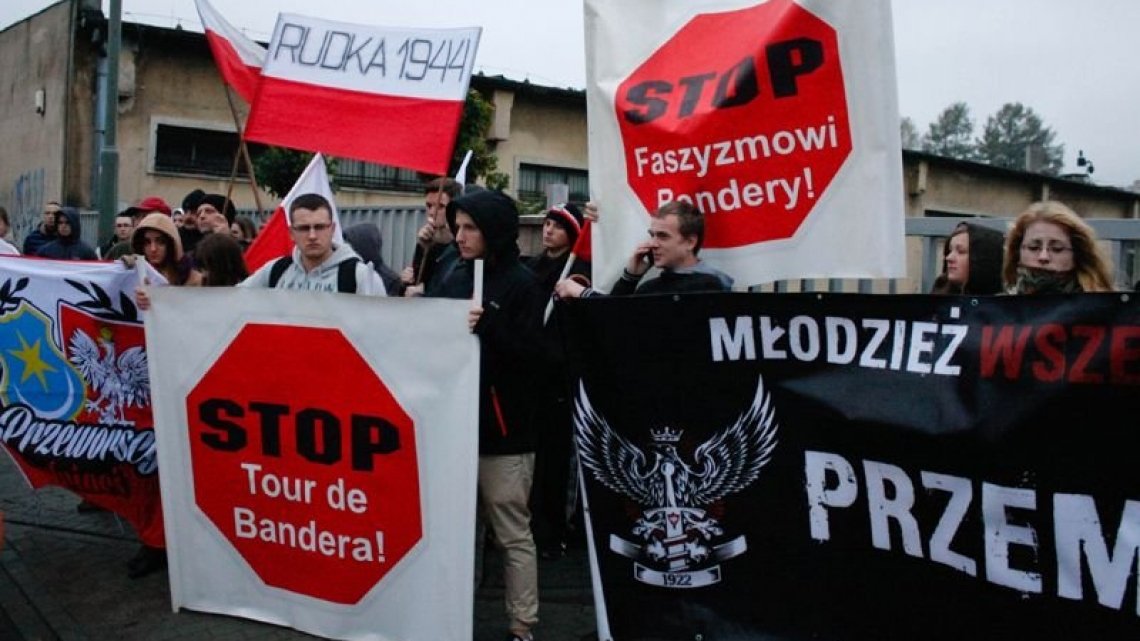
Ukraine between two empires

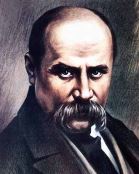
Tsarist officials branded the Ukrainians with the insulting and misleading label "Little Russians" and the Ukrainian lands themselves were referred to as a “terra-nullius” in the form of the label "New-Russia" (or "Novorossiya"; you may have noticed these terms have been resurrected by Putin of late). All of this was designed to depict Ukrainians as but a figment of the landscape rather than the shape of it - a denial of their very existence. As Ukrainian cities were remade in order to serve the Moscow economy so the last vestiges of the Ukrainian national sentiment under Russian imperial Rule became more and more confined to the countryside peasantry. This is the reason why the Ukrainian national movement has long been associated with the Ukrainian peasantry themselves. Those that resisted the process of Russification such as the celebrated poet, artist and intellectual Taras Shevchenko were faced with the prospects of imprisonment or deportation to Siberia (a punishment the Russian Empire was all to happy to meet out to Poles as well). In West Ukraine however, conditions were somewhat more benign under Austrian rule. There was more cultural and political freedom to be had and the Uniate rite was preserved. By the end of the 19th century, schooling in the Ukrainian language was being conducted on a large scale (though with limits).Of the two regimes, it was the semi-feudal Russians that proved to be the more oppressive.
But this "freedom" has to be seen in the context of Emperor Franz Joseph I, who began his reign in the fateful year 1848 as reactionary as the Tsars to the East, but who had to rethink the national question when he saw his armies being soundly beaten by the French and the Prussians. In practice what this meant was Ukrainians had to compete against the Poles who held the numerical majority in Volyn and Galicia for attention, both with the Austrian monarchy as well as the Socialist and Internationalist circles that opposed the crown rule.In West Ukraine however, conditions were somewhat more benign under Austrian rule.
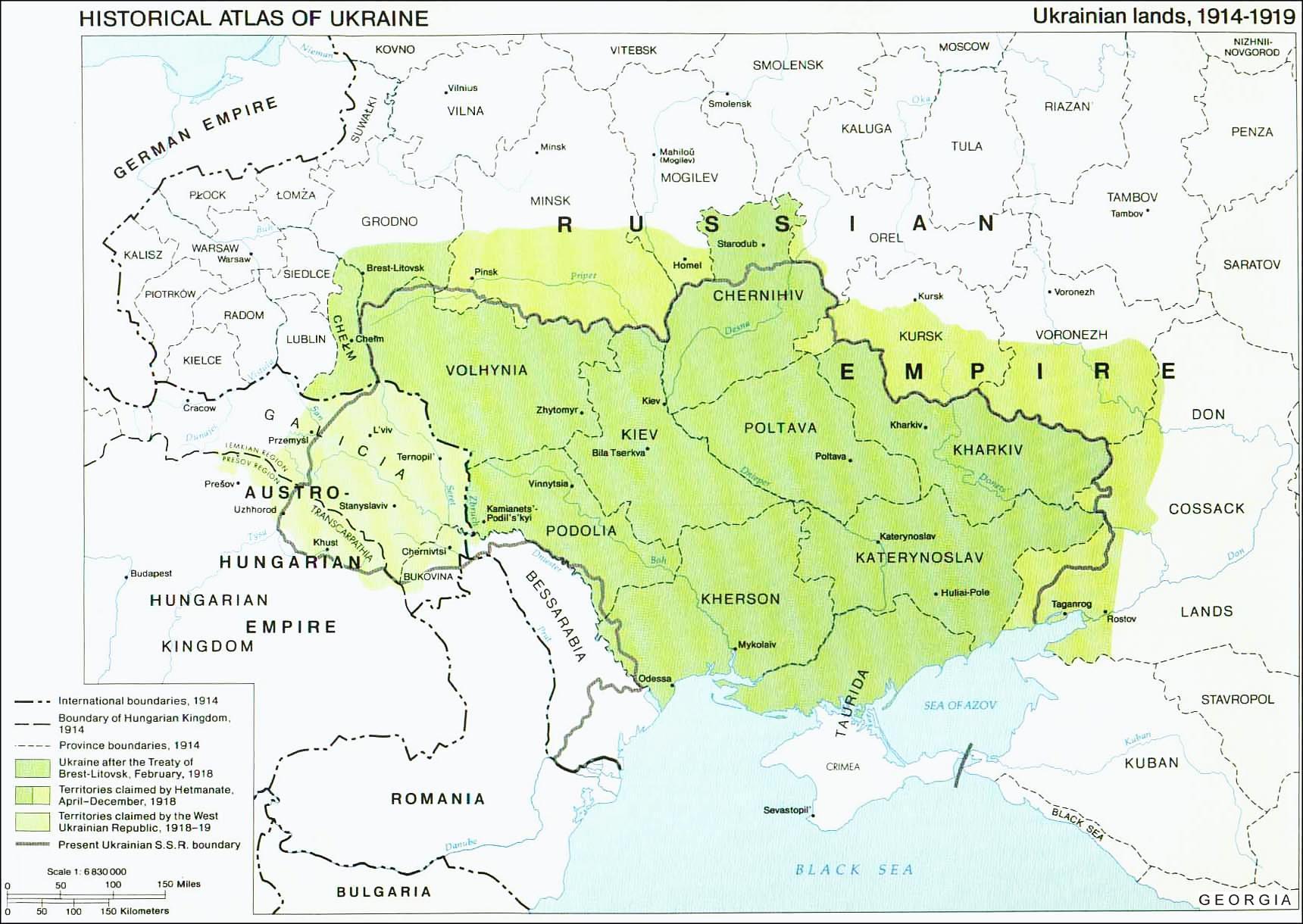
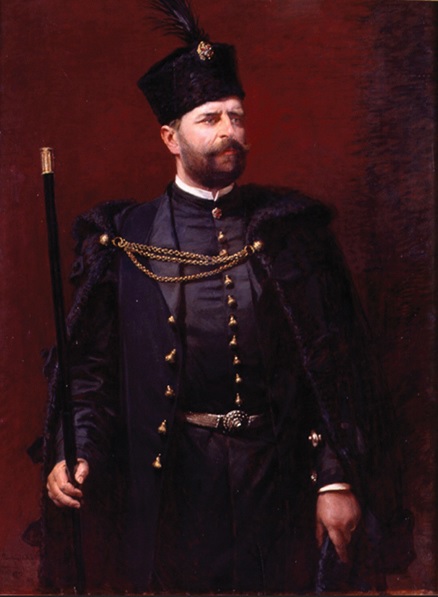
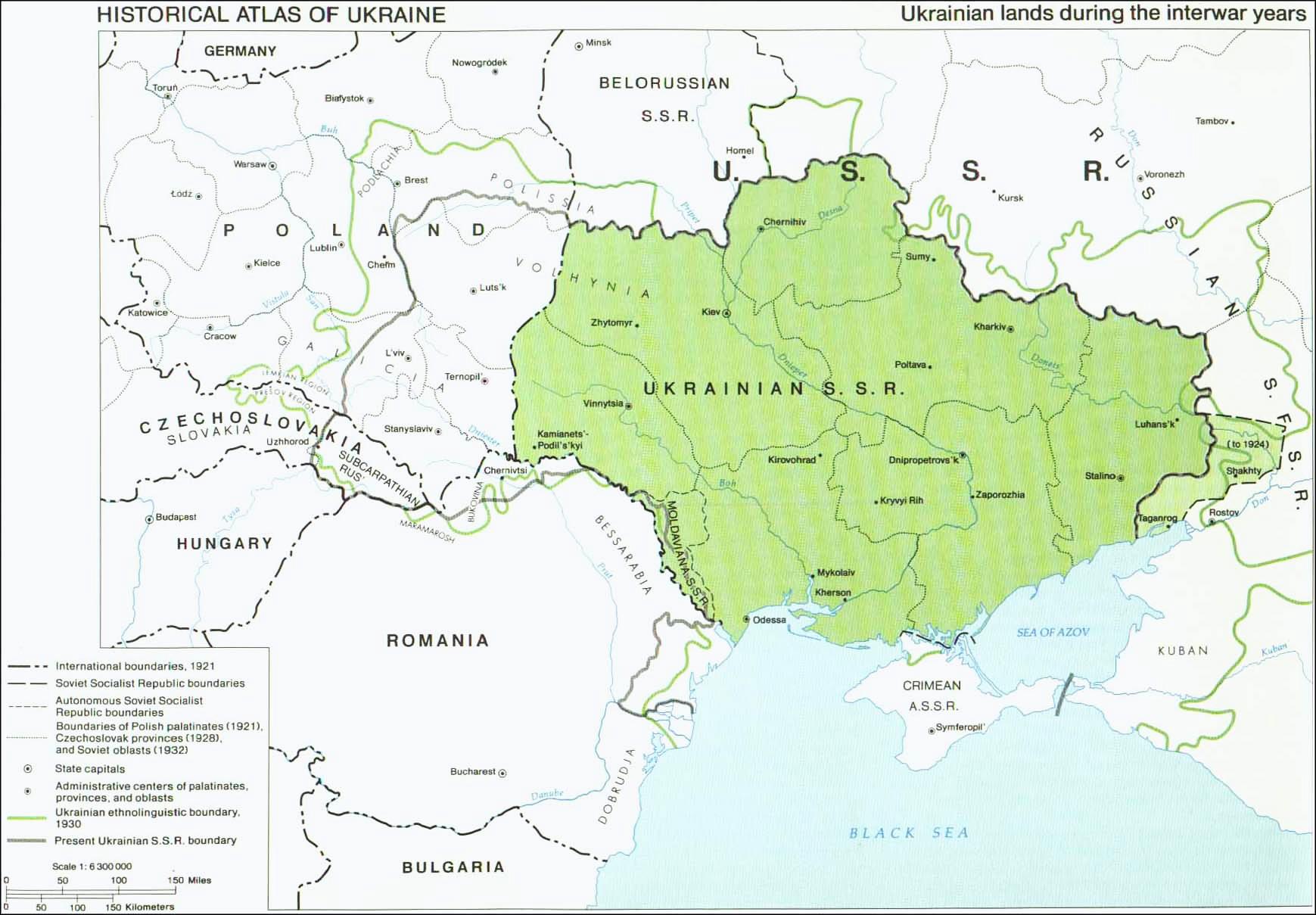
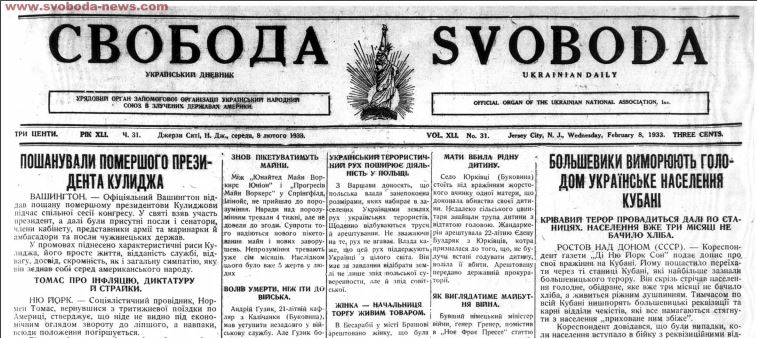
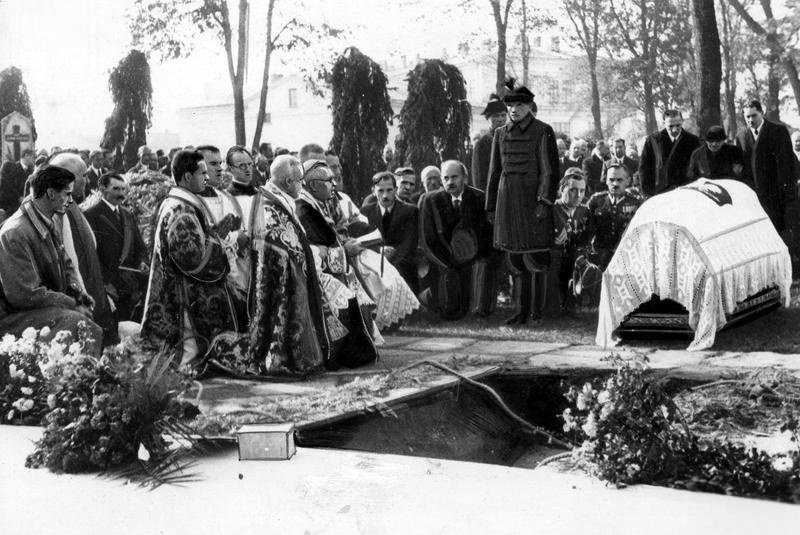
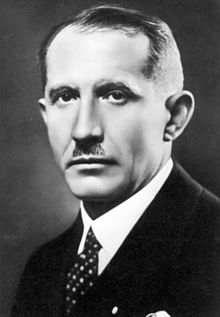
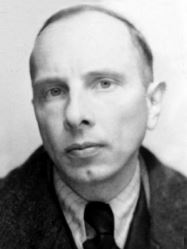
The Volyn massacre
Where though, does this leave the situation with regards to Volyn and Galicia? There is no doubting that ethnic cleansing during World War II began with Germans and Soviets alike. Between 1939-41 the two regimes were allies (although Russia continues to deny this) and both viewed the Poles, Ukrainians, and Jews as common enemies. This was true to the point where not only were there conferences held between the Gestapo and NKVD in occupied Kraków, there was also one extraordinary meeting held on 29 April 1940 in which representatives of the Ukrainian SSR met with Alfred Schwinner from the German consulate in order to discuss the "Jewish question."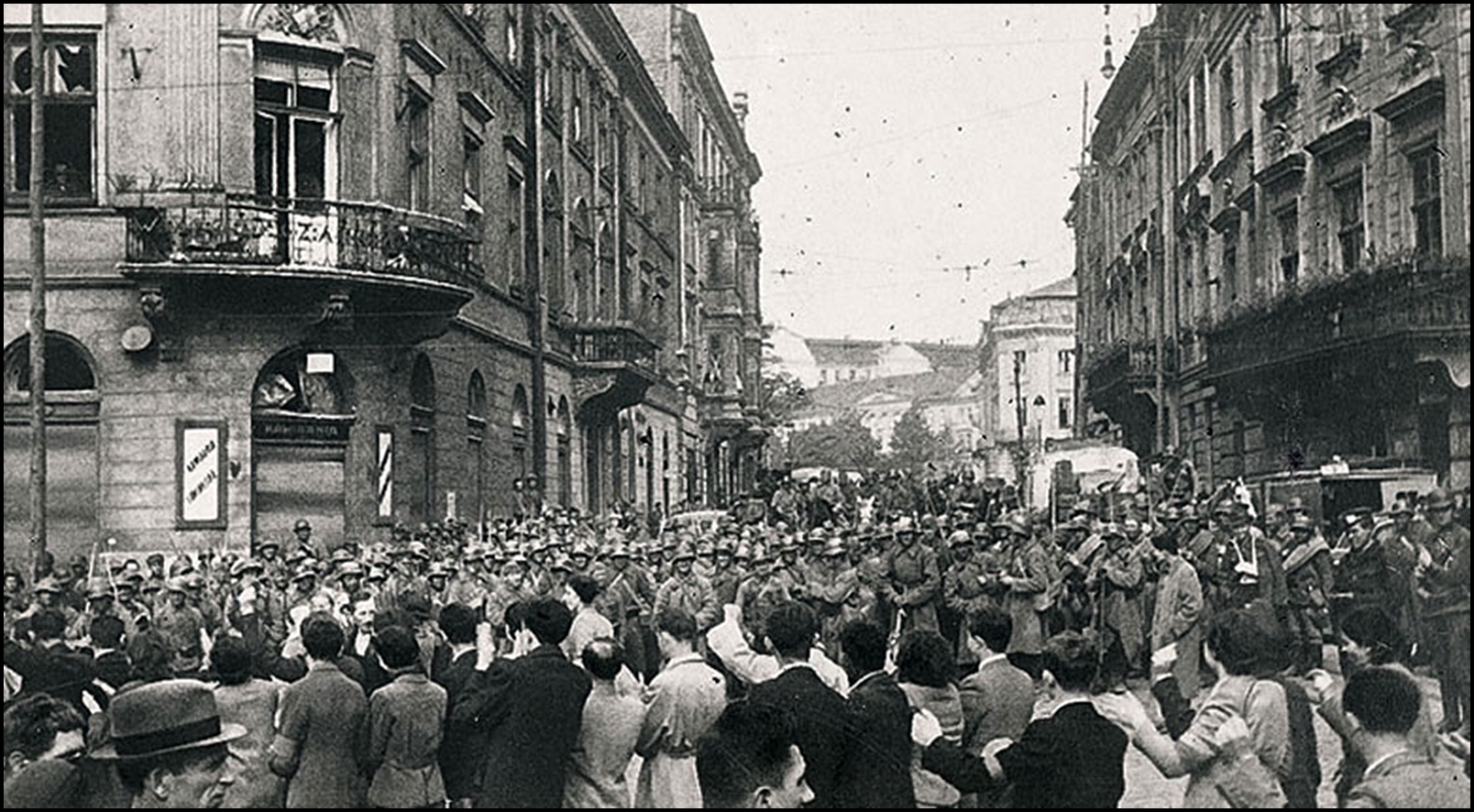
Even so, the mere fact that some chose to display their flag at all heavily influenced the accusations contained within some reports from the Polish underground resistance during the early stages of World War II. They alleged that swathes of the Ukrainian populace had no loyalty to Poland whatsoever but instead wanted to build a Greater Ukraine “pod płaszczykiem współpracy” with the USSR - a not entirely true accusation. Deep within the pages of Prof Norman Davies' "Europe: A History (p1034)" lurks a small sentence that states that small factions of the Polish underground took it upon themselves to drive out Ukrainians in Central Poland as an act of ethnic cleansing in early 1941. By July 1942, there were serious discussions within contingents of the Home Army based in Lviv on "solving the Ukrainian question" by deporting between 1 to 1.5 million Ukrainians to the Soviet Union and settling the remainder in other parts of Poland [8], though such a "solution" was never enacted in full. Either way, Davies also points out that the subsequent actions of the OUN/UPA were far larger in scale than what the Home Army actually did. Many of these cleansing actions took the form of vicious attacks, routinely at night, against entire uncooperative villages with a special measure of fury leveled against churchmen and teachers. Their cause had an entirely uncompromising position with the Polish Home Army and made conflict with the Poles inevitable. Unfortunately, it was Polish civilians along with Jews, and Ukrainians who had been protecting Poles or Jews, or both, who most ended up in the firing line.Deep within the pages of Prof Norman Davies' "Europe: A History (p1034)" lurks a small sentence that states that small factions of the Polish underground took it upon themselves to drive out Ukrainians in Central Poland as an act of ethnic cleansing in early 1941.
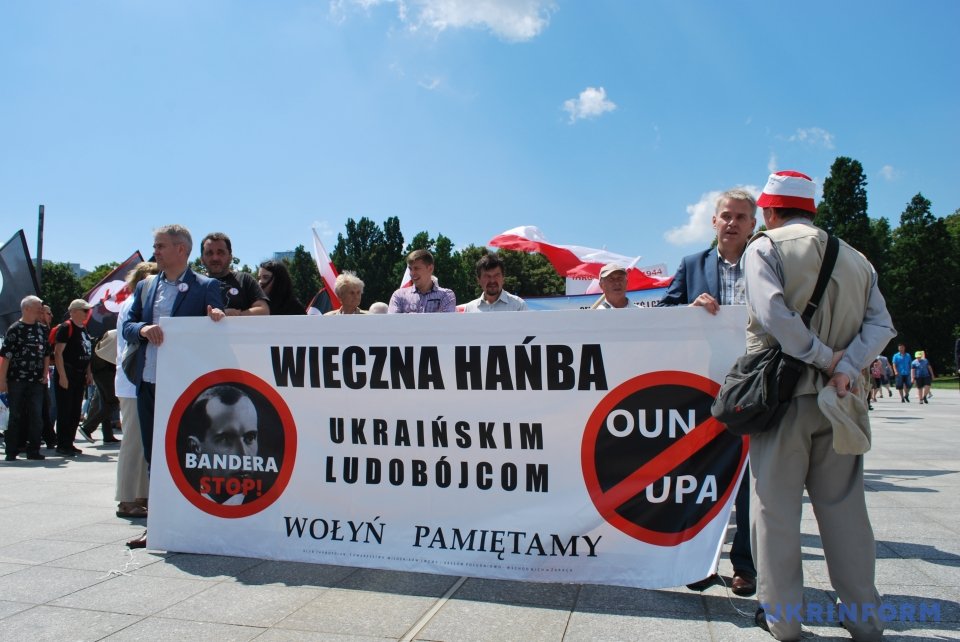

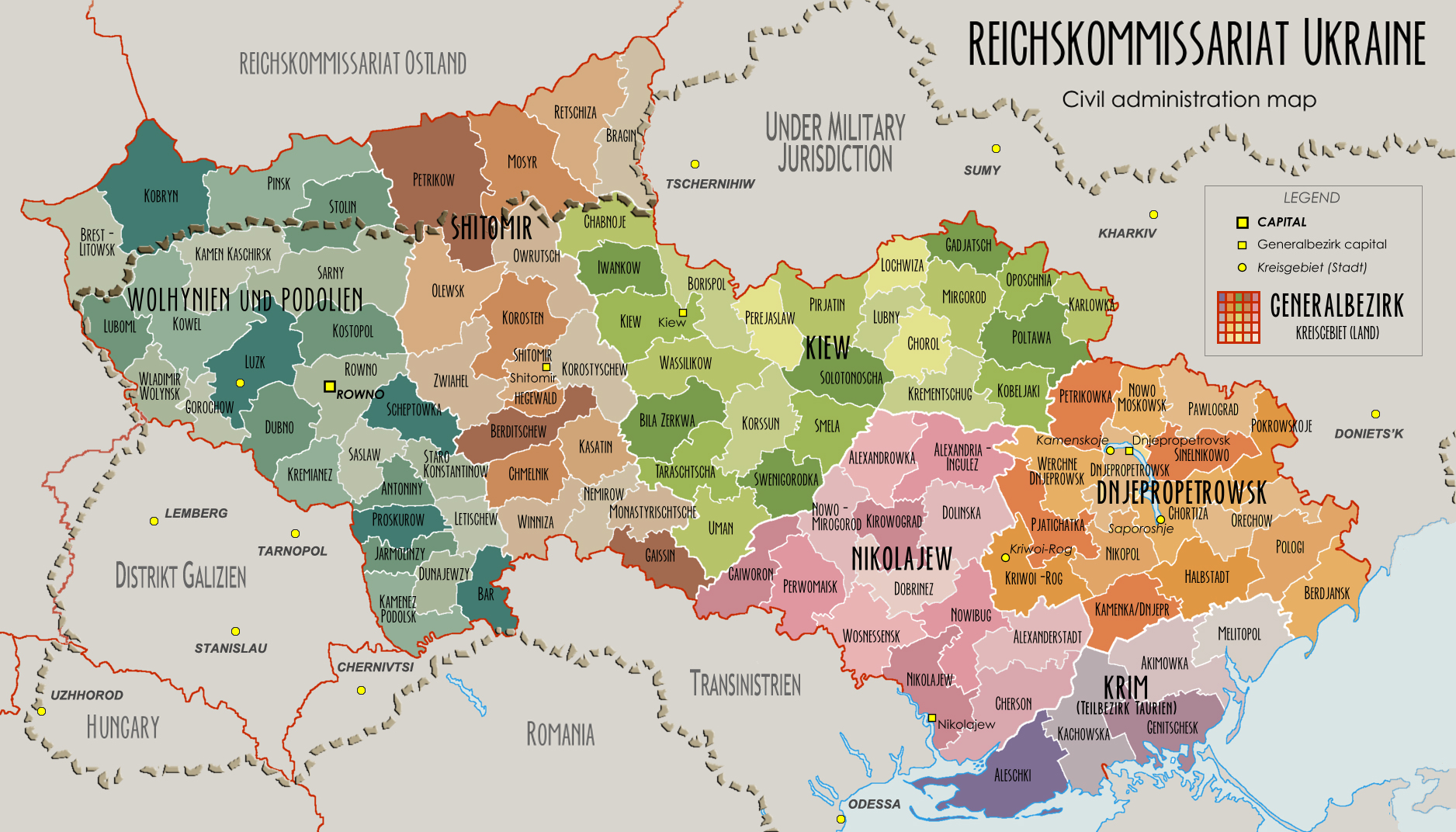
Ukrainian-Polish relations today
Writing in 1882, the Ukrainian writer Panteleimon Kulish summarised historic Ukrainian-Polish relations with the following tone that might seem all too relevant. Any Polish or Ukrainian take on this abominable duel today must begin with an honest assessment of the murderers and dark pages in ones own midst and with the aims to encourage remembrance, forgiveness and conciliatory diplomatic relations.In Ukraine as well as in Poland, the era of Soviet-influenced historiography is more than at an end. As a result, the Holocaust that the USSR buried for so long, as well as the true role of Ukrainians and Poles in World War II – good and bad, can finally have a chance to be openly discussed and given proper contextualisation. When the horrors of the Jedwabne massacre were revealed in Poland in the mid 1990s, in where the Germans assisted by 23 Poles drove 340+ Jews into a Barn which was then promptly burnt killing all inside, it caused some serious discussion in Polish society. “How can a nation that suffered so much also posses those with such a dark side?” When those horrors were revealed, moves were quickly made to commemorate the victims and on the 60th anniversary of the Pogrom the then Polish president Aleksander Kwaśniewski helped lead a fitting tribute which included local faith leaders. Germany, out of necessity, has been the moral exemplar when it comes to confronting its own dark past. In light of the Poland/Israel row one should be reminded that the German foreign minister has stepped in to remind both sides that it was his country that was solely responsible for establishing and operating the death camps on Occupied Polish soil during the Holocaust, thus supporting this aspect of the Polish legislation.Any Polish or Ukrainian take on this abominable duel today must begin with an honest assessment of the murderers and dark pages in ones own midst and with the aims to encourage remembrance, forgiveness and conciliatory diplomatic relations.
[1] M Gilbert, “The Holocaust: A History of the Jews of Europe during the Second World War”, p443-45. [2] Cited in Gilbert, ibid, p232. [3] Gilbert, ibid, p242. [4] Gilbert, ibid, p361. [5] Gilbert, ibid, p350. [6] “Rusini” or Ruthenian” was an old term used to describe the Ukrainian and Belarusian peoples who inhabited the eastern portions of the Polish-Lithuanian Commonwealth. As the 19th century progressed, Ukrainians increasingly adopted the term “Ukrainian” to mean a politically conscious Ruthenian. [7] The Collected Works of Marx and Engels (MECW), Volume 8, p227. [8] “Report on the political situation, July 1942”, Archiwum Akt Nowych, Armia Krajowa – Komenda Obszara Lwowa (AAN, AK-KOL), 203 (MF 2400/7). [9] “Evaluation of the Ukrainian enemy, November 27, 1942”; AAN, AK-KOL, 203 (MF 2400/8), p17-23. On the arrest of Ukrainian nationalists see Report for December 1942, AAN, AK-KOL, 203 (MF 2400/5) [10] As mentioned in G Rossoliński-Liebe “Stepan Bandera: The Life and Afterlife of a Ukrainian Nationalist”, p266. [11] Cited here. [12] See A Cichopek, “Beyond Violence: Jewish Survivors in Poland and Slovakia, 1944–48”, p150 (footnote 22, p150-1).
Read also:
- Munich and the Molotov-Ribbentrop pact revisited, Part 1: The interwar prelude
- Munich and the Molotov-Ribbentrop pact revisited, Part 2: Hitler’s Anschluss
- Munich and the Molotov-Ribbentrop pact revisited, Part 3: The way to European catastrophe
- Understanding the Ukrainians in WWII. Part 1
- Understanding the Ukrainians in WWII. Part 2. Stories of Ukrainians in the Red Army
- Understanding the Ukrainians in WWII Part 3. Of German plans and German collaborators
- Historical documents detailing Vistula operation to deport 150,000 Polish Ukrainians now online
- Ethnic Cleansing or Ethnic Cleansings? The Polish-Ukrainian civil war in Galicia-Volhynia
- Ukrainians call upon Poles to establish mutual Day of Remembrance for Volyn tragedy victims
- Spoiling Ukrainian-Polish relations: next phase in Kremlin’s hybrid war





